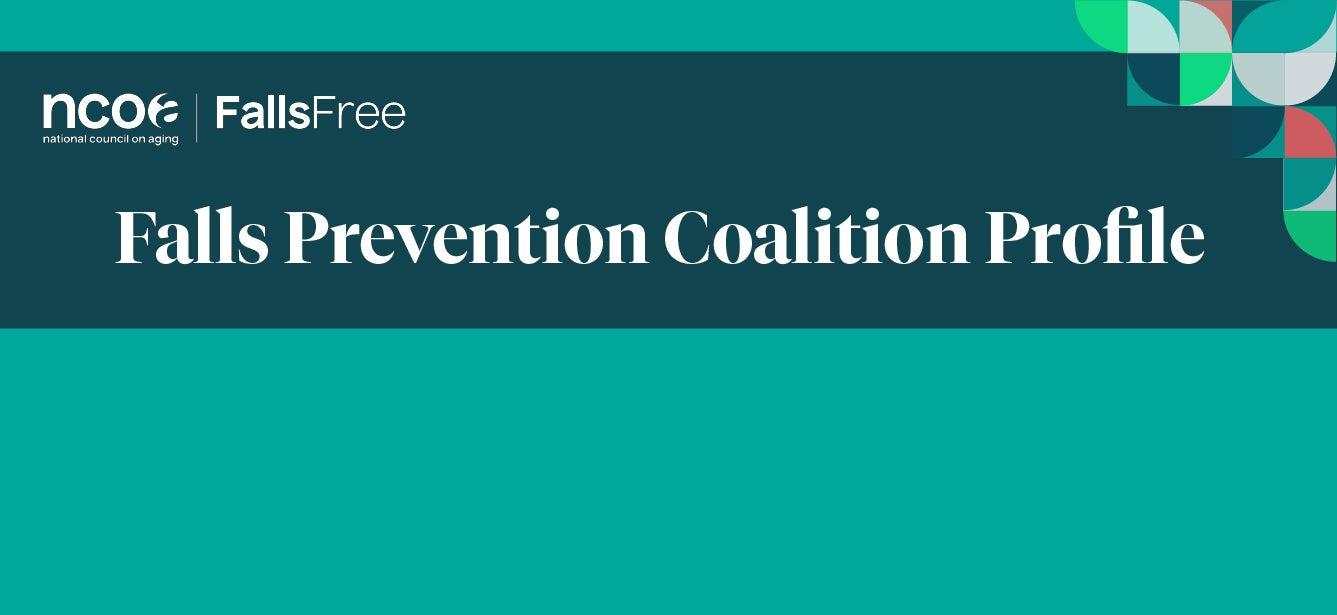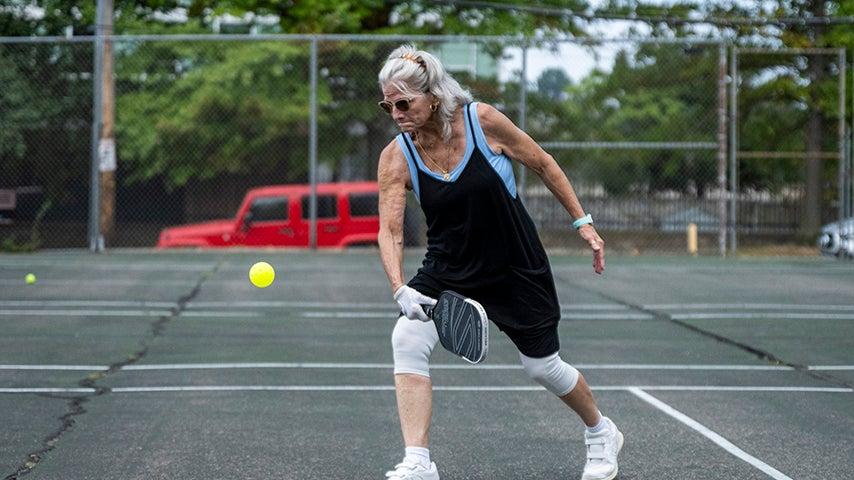
Establishing a Falls Prevention Coalition to address the disproportionate impact of falls on older Ohioans took cooperation and collaboration between state agencies, support from a federal grant, and the work of many professionals.
The history of the Ohio Falls Prevention Coalition
The Ohio Department of Health created the Ohio Older Adults Falls Prevention Coalition as a subgroup of the statewide Ohio Injury Prevention Partnership (OIPP). With support from the Centers for Disease Control and Prevention's Preventive Health and Health Services Block Grant and the Core Injury Grant, and in close collaboration with the Ohio Department of Health and the OIPP, the Ohio Older Adults Falls Prevention Coalition was formed in November 2009. The Ohio Older Adults Falls Prevention Coalition is comprised of professionals from a wide range of multi-disciplinary agencies and organizations throughout the state.
The function of the Ohio Older Adults Falls Coalition is to identify and address statewide priorities related to the prevention of falls as outlined in the 2022-2026 state plan. As the coalition concludes its 13th year, the state plan details specific objectives to effect policy, systems and environmental change to reduce falls and promote healthy aging among older adults in Ohio.
The coalition's mission: is to reduce the risk of falls among older adults by promoting healthy aging through partnerships, education, and policy.
The coalition's vision: Older Ohioans will have fewer falls and fall-related injuries, thereby maximizing their independence and quality of life.
Ohio Older Adult Falls Prevention Coalition goals:
- Inform Ohioans about the risk factors, prevalence, consequences, and costs associated with falls and fall-related injuries.
- Foster systems’ change by empowering healthcare and service providers to implement evidence-based and best practices.
- Assess and build capacity for the implementation of evidence-based practices and research from community to health-based settings.
- Champion fall prevention policies, sustain fall prevention programming, and grow the Ohio Older Adults Falls Prevention Coalition.
Current objectives for the Ohio Older Adult Falls Prevention Coalition
- By Dec. 31, 2024, launch a statewide campaign targeting older adults, their families, caregivers, and other identified target populations.
- By Dec. 31, 2026, partner to promote at least three existing state and national campaigns to raise public awareness of falls prevention.
- By Dec. 31, 2026, increase promotion of evidence-based and best practices to healthcare providers.
- By Dec. 31, 2026, promote evidence-based and best practices to service providers.
- By Dec. 31, 2026, promote evidence-based and best practices to chambers of commerce, public transit, and local businesses.
- By Dec. 31, 2026, seek opportunities to present at professional conferences and meetings across disciplines to promote awareness of strategies and best practices.
- By July 1, 2023, assess and build capacity for falls prevention programming.
- By Dec. 31, 2026, embed fall prevention programs within community-based and health-based settings.
- By Dec. 31, 2023, assess and promote falls prevention policies.
- By Dec. 31, 2024, assess and expand existing insurance coverage options to address coverage gaps.
- By Dec. 31, 2023, support efforts for the development of a payment model for community paramedicine.
- By Dec. 31, 2026, build and maintain relationships with policymakers to enact legislative change.
- By Dec. 31, 2026, build and sustain a network of diverse and qualified falls prevention professionals.
- By Dec. 31, 2026, increase engagement of subcommittee members by 5% annually.
- By Dec. 31, 2026, provide at least 4 networking and information-sharing opportunities for members annually.
- By Dec. 31, 2026, support the pilot project program annually.
- By Dec. 31, 2026, conduct 3 outreach activities annually.
- By Dec. 31, 2026, update the state plan annually.
Leadership for the Ohio Older Adult Falls Prevention Coalition
- Ohio Department of Health
- Ohio Department of Aging
Leadership Contact Information
- Chair:
- Elizabeth Fries, Union County Health Department; elizabeth.fries@uchd.net (email)
Key Partners of the Ohio Older Adult Falls Prevention Coalition
- Ohio Department of Health
- Ohio Department of Aging
- More than 275 coalition members from across Ohio represent a diverse group of professionals focused on preventing falls and promoting healthy aging
What has the Ohio Older Adult Falls Prevention Coalition achieved?
- In 2022, the Ohio Older Adults Falls Prevention Coalition funded four pilot projects across Ohio: A Matter of Balance program expansion; community paramedicine program development; Tai Chi instructor training; and fall risk assessment and home modification program development. Since it began in 2013, the pilot project program has awarded over $183,000 to communities across Ohio to build capacity for evidence-based fall prevention programming.
- In 2022, the Ohio Older Adults Falls Prevention Coalition celebrated National Falls Prevention Awareness Week with activities across the state. Led by the Ohio Department of Aging, communities, organizations, and individuals participated in the 10 Million Steps campaign to raise awareness about falls prevention. A governor’s proclamation and a fall prevention and healthy aging series of presentations helped round out the celebrations in Ohio. The coalition has celebrated National Falls Prevention Awareness Week annually since its inception.
What are the current challenges for the Ohio Older Adult Falls Prevention Coalition?
- The Ohio Older Adults Falls Prevention Coalition spent the bulk of the past 12 months strategic planning. The coalition recently launched the new 5-year plan in the fall of 2022. As a result of this new plan, the coalition was restructured to align with new strategic priorities which include public and provider awareness, prevention across the continuum, and policy and sustainability. This is an exciting chapter for the coalition, but with it comes new challenges. Members are being asked to take on different responsibilities within the new coalition structure. Membership gaps have been identified as a result of this process so work is needed to ensure that critical partners are at the table to accomplish the work contained in the new state plan.
- The pandemic has greatly impacted the capacity and offerings for evidence-based programs across Ohio. For example, coaches who were teaching A Matter of Balance or Tai Chi for Arthritis prior to the pandemic are no longer active. Locations previously offering these programs have also failed to start up these offerings again. As a result, the coalition is working to rebuild this capacity that was lost over the past two years.
What evidence-based falls prevention programs are currently offered by the Ohio Older Adult Falls Prevention Coalition?
What outcomes are monitored by the Ohio Older Adult Falls Prevention Coalition?
- Unintentional fall-related emergency department visits among Ohio residents 65 and older
- Rate of traumatic brain injury (TBI)-related deaths among Ohio residents 65 and older
